The actor talks to AppleInsider about director Steven Soderbergh's new movie, what it's like to act in a scene when the camera is an iPhone and how innovative technology has followed him throughout his career.
Director Steven Soderbergh has always had a flair for the experimental. With his latest film, Unsane, the director of more than 30 films, including "Ocean's Eleven," "Out of Sight" and "Magic Mike," has done something he'd never done before: produced a movie shot almost entirely using iPhone 7 Plus.
Soderbergh, who always acts as his own cinematographer under the pseudonym Peter Andrews, actually retired from directing for four years until returning with last fall's racetrack heist film "Logan Lucky;" he also recently made a TV series, "Mosaic," that was originally released as an iOS/Android app. Shortly before "Logan Lucky" was released, it was revealed that Soderbergh had shot yet another new film, which starred "The Crown's" Claire Foy. That movie became "Unsane," which opens in theaters tomorrow.
AppleInsider this week talked to one of the actors from the film, Joshua Leonard, about his career, his experiences on the film and what it's like on a movie set when the camera is an iPhone.
"Unsane" is an extremely unsettling psychological thriller, starring Foy as a young single woman who, we discover, is trying to outrun a stalker (Leonard) from her past. She soon ends up in a mental institution, and we're meant to question whether or not she actually belongs there. The film also stars Amy Irving and former "Saturday Night Live" star Jay Pharoah.
Leonard said the film, which he said was "the fastest I've ever moved on a project," was shot in less than two weeks last summer, and was made completely in secret. It also, unlike most movies, was shot entirely in sequence. Leonard said he enjoyed acting in front of an iPhone, as opposed to a more traditional camera.
"It is such an omnipresent piece of technology in all of our lives that for me, as an actor, it reduced the self-consciousness," Leonard said. "[The iPhone is] something that we're used to, and takes up so little space in the room, that it really gives you an opportunity to concentrate on your scene and your scene partner without being distracted by the big barrel of the camera staring at you."
Soderbergh, Leonard said, used two or three iPhones for shooting, as some shots required two-camera setups; the director carried a separate iPhone for his personal use. He primarily used natural light in shooting the film, even though it was shot mostly indoors, with a portable LED panel as the only unnatural light source Leonard ever saw. And while Soderbergh used various attachments for different shots, including the R1 Pro from Shoulderpod as a rig, Leonard made it clear that the "shot on an iPhone" part is not at all misleading.
[iPhone] is such an omnipresent piece of technology in all of our lives that for me, as an actor, it reduced the self-consciousness,
"A lot of the time it was just Steven Soderbergh, holding an iPhone," Leonard said.
Leonard added that Soderbergh edited the film himself on a MacBook. And when the film's wrap party was held at a bowling alley right after the completion of filming, Soderbergh sat and edited while the actors bowled. In that short amount of time, the director was able to assemble a cut of the film that he showed them later that night. Leonard got a text three days later from Soderbergh saying that the film was "locked."
"I was so excited that he was taking the risk to prove to rest of us that it could be done," Leonard said of Soderbergh. "It's filmmaking, first and foremost, it's the best way to tell the story. He's a guy who's spent his career pushing boundaries."
"Unsane" is not the first feature film to be shot on an iPhone. Sean Baker's iPhone 5s-shot "Tangerine" was one of the more acclaimed films of 2015, while the Oscar-winning 2012 documentary "Searching For Sugar Man" used an iPhone for part of its production after the filmmakers ran out of money and couldn't afford to continue using standard cameras and film.
The difference is that Soderbergh is an established filmmaker with access to studio capital and the ability to work with movie stars. He's not using iPhones because of budget constraints, but because he wants to — and the director said in interviews at Sundance in January that he will use them again, next for his upcoming basketball drama "High Flying Bird."
Leonard said of "Tangerine" that there was "such an extreme stylized aspect that it really lent itself to the iPhone, whereas part of the challenge [with Unsane] was — can we make a movie on an iPhone without it being an aesthetic conceit? It has an aesthetic to it, but I don't think that's something that would be distraction."
Indeed, viewers will likely go into the film knowing it was shot on an iPhone, but there's a good chance they'll stop noticing after awhile. That's because the film, unlike many of the digital video movies that were in vogue in the early 2000s, never looks cheap or grungy. And even though Soderbergh sometimes holds up the iPhone/camera himself, unlike most amateur and some professional filmmakers, he's able to do so without shaking it.
The 42-year-old Leonard has been present for filmmaking breakthroughs throughout his nearly 20-year career. The first film he ever appeared in was 1999's "The Blair Witch Project," the surprise cult hit that essentially kicked off the found-footage craze. The film was shot with CP-16 film and Hi8 video cameras that the actors, playing film students, handled themselves; Leonard said he got the job on that film in part because he had been doing videography work in New York and knew how to handle a camera.
Leonard spent the next several years working in independent films, including quite a bit of work in the "mumblecore" genre, which utilized improvisation and often entailed the use of digital video; his most notable role in that genre was 2009's "Humpday," with Mark Duplass, and he later appeared in Duplass' mumblecore-influenced HBO drama series "Togetherness." Leonard has directed two feature films himself, including 2011's "The Lie" and an upcoming film called "Behold My Heart." He's excited about the possibilities of making films with technology that enables ease of use.
"I would say more than anything I would attribute it to my impatience as a creative person," Leonard said. "I love the medium of storytelling for a camera. But films can also be so cumbersome and so long, since it takes so long to raise the money, and hire this big crew to do it, and between set-ups you'll have downtime. I love anything that reduces the time between creative impulse and execution."
Apple has recently highlighted the things it can do for filmmakers through Final Cut Pro, MacBook Pro, iMac, iPad, the RED Raven camera and more.
"Unsane," which premiered at the Berlin Film Festival, arrives in theaters Friday.
 Stephen Silver
Stephen Silver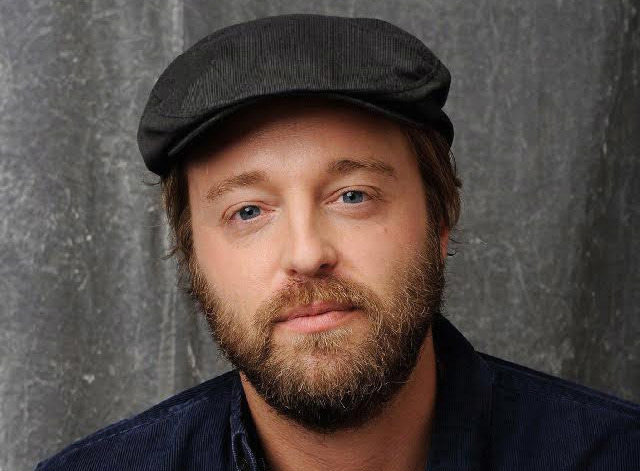
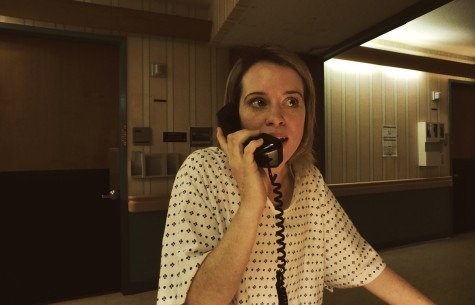
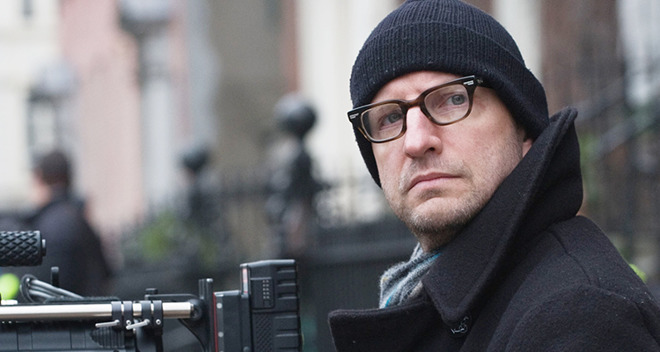
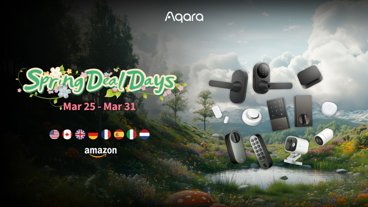


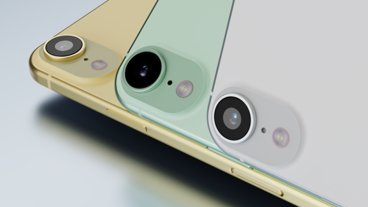
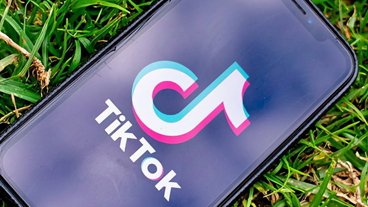


-m.jpg)





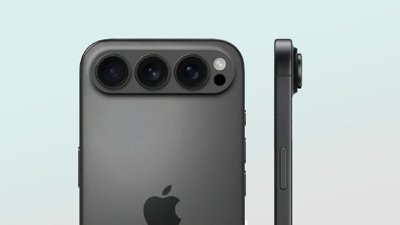
 William Gallagher
William Gallagher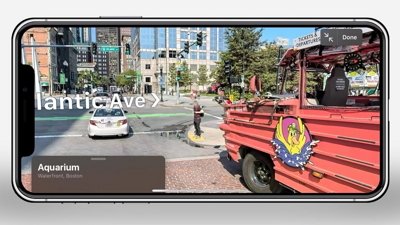
 Malcolm Owen
Malcolm Owen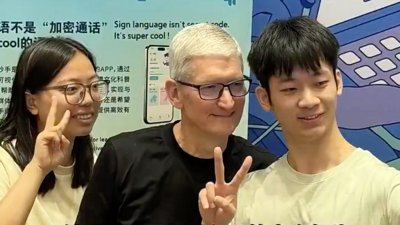

 Charles Martin
Charles Martin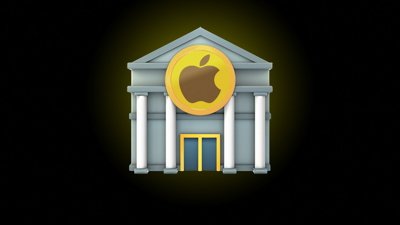
 Wesley Hilliard
Wesley Hilliard
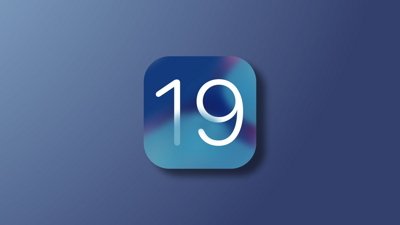
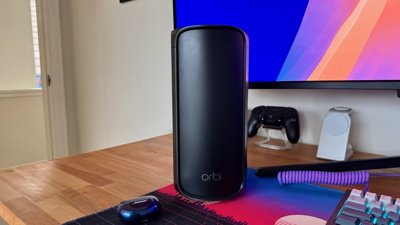
 Oliver Haslam
Oliver Haslam






16 Comments
Good thing he didn’t shoot it on an iPhone X or we’d be staring at a notch the whole time I’m just kidding lighten up I’m here all week folks
But seriously, that’s a good behind the scenes look into the production of Unsane. I had the iPhone 7 and thought the camera was really superb. And cutting it on a MacBook, as opposed to the Pro eats into the narrative that you need expensive equipment for editing. I’m sure the final master render was done on a more powerful machine.
The Florida Project was also shot on iPhone.
When I was first on a film set, I found it incredible the time it took to reset the camera and lighting gear between scenes. About half of the day, or more! The energy on a set is important, and reducing the "time between creative impulse and execution," as Leonard puts it, is extremely helpful, so the energy of the moment isn't sapped by downtime. We will be seeing more interesting films (if movie goers search them out). Hooray!
I've never heard about the "mumblecore" genre! And I considered myself a film buff. I've turned in my card and am off to read up about mumblecore.